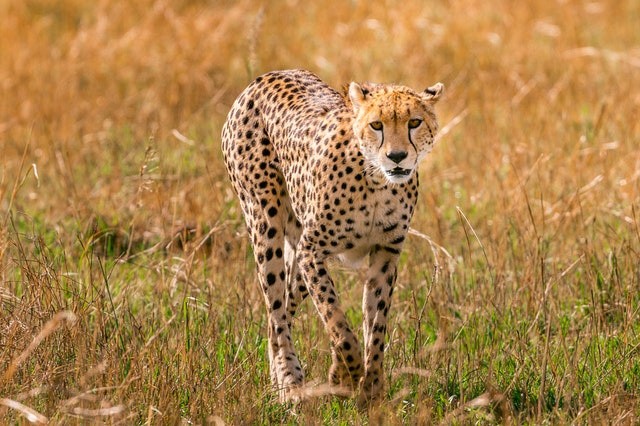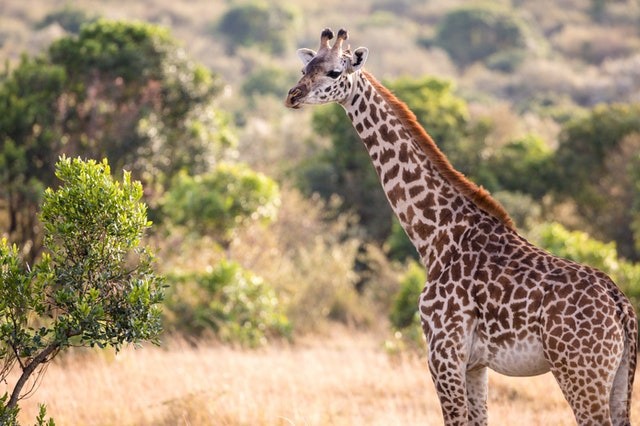The dispersion of vegetation is regularly used to categorize climate areas globally, still whether these areas are suitable for other organisms is unknown. Umeå experimenters have verified climate area based on the distribution of vertebrate species in recent research released by eLife.
They discovered that while elevated energy climate regions are alike across the plant and vertebrate groups, there are huge distinctions in cold and temperate climates.
Climate specifies how living organisms across the globe understand which climatic conditions propel key change in the ecosystem is vital to understand and foresee how life functions unfold.

Conditions That Propels Vertebrate.
Human well-being crucially relies on vertebrate diversity, but still, we don't know much about climates that improve the union of these species. We know for instance that dry areas improve the generation of deserts and humid, hot areas enable evergreen forests to flourish.
But what conditions propel the dispersion of vertebrates like birds, frogs, mammals, and more?
Former postdoc at Integrated Science Lab, Umeå University who now works with King Juan Carlos University in Spain Joaquín Calatayud explained that to cover this hole, "we researched the climates propelling the organization of Earth. We expanded a network-based strategy that attaches species to their desired climatic conditions. Then, we looked for climatic conditions desired by similar vertebrate species."
With this strategy, the researchers illustrated the climate regions that specify the distribution of vertebrates. High energy climates, such as steppes, deserts, and tropical savannas, were discovered to be alike across different organizations of plants and vertebrates. This was not the issue for cold and temperate climates. Locations defined by those climates changed across all organizations.
Evolution Research
For example, warm-blooded mammals and birds define areas of polar climates that are not surveyed in the case of cold-blooded reptiles and amphibians. This implies that hindering these climates mandates possessing certain climatic adjustments that have not come up in all organizations.
Joaquín explained that "our outcomes show that certain climate classes are needed to research the evolution, ecology, and conservation of certain organizations of species". This research can build the purpose for a greater understanding of climate-driven evolutionary and ecological procedures, steering to bigger conservation methods,
Here are a few of the queries that our outcome could assist to answer. Do climatic areas carry a similar conservation status? Do ecosystem works or evolutionary processes vary among climate areas?

Why Most Animal Can't Survive Very High Temperatures
Animals possess certain amazing adaptation that enables them to live in the largely aggressive environments.For example, camels can flourish/thrive in some of the driest and hottest regions on Earth. Because of the thick leathery patches on their knees, when can't get burnt when kneeling.
Cold-blooded animals can't sustain a steady body temperature. They receive their heat from the external environments while warm-blooded animals need so much energy to sustain a steady temperature. Birds and mammals need a lot of energy and food than cold-blooded animals of the same weight. This is because in warm-blooded animals the heat they lose is equal to the surface area of their body.
RELATED ARTICLE: Nuclear Bomb Pulses Reveal 400-Year-Old Greenland Shark is World's Longest Living Vertebrate
For more news, update and similar stories about vertebrates don't forget to follow Nature World News!
© 2025 NatureWorldNews.com All rights reserved. Do not reproduce without permission.





